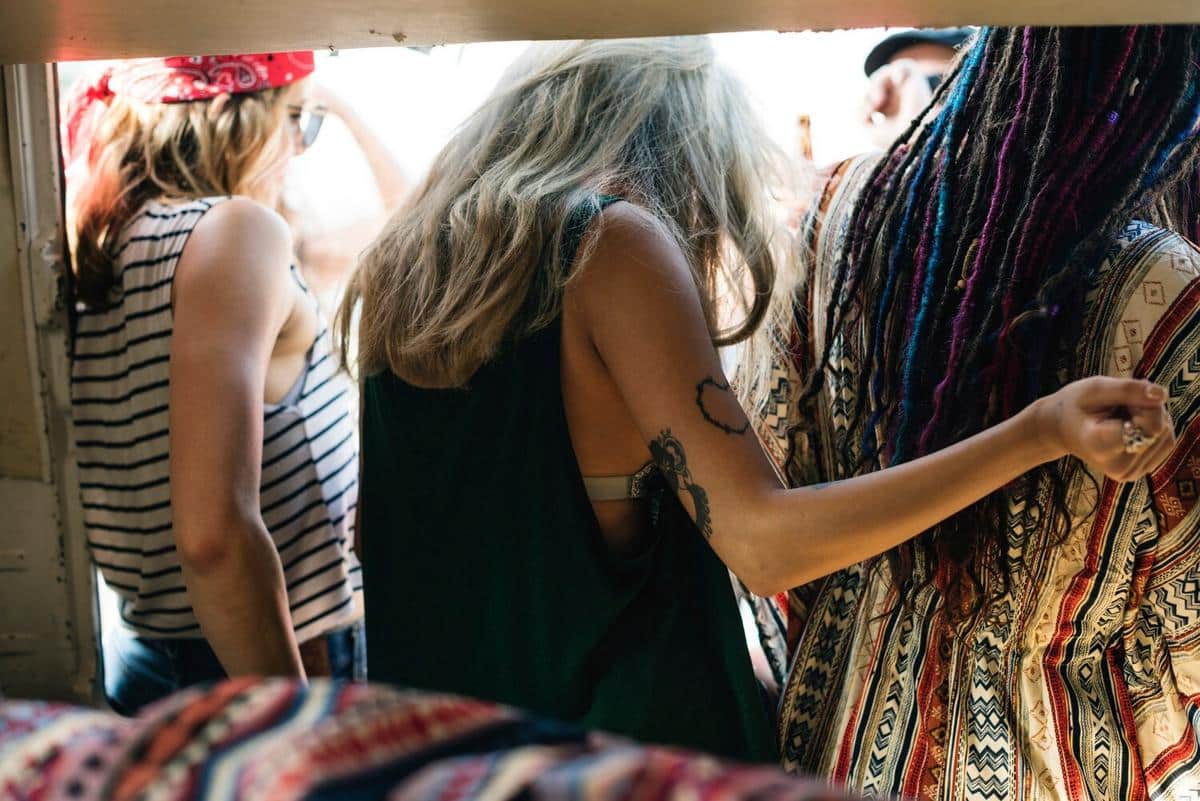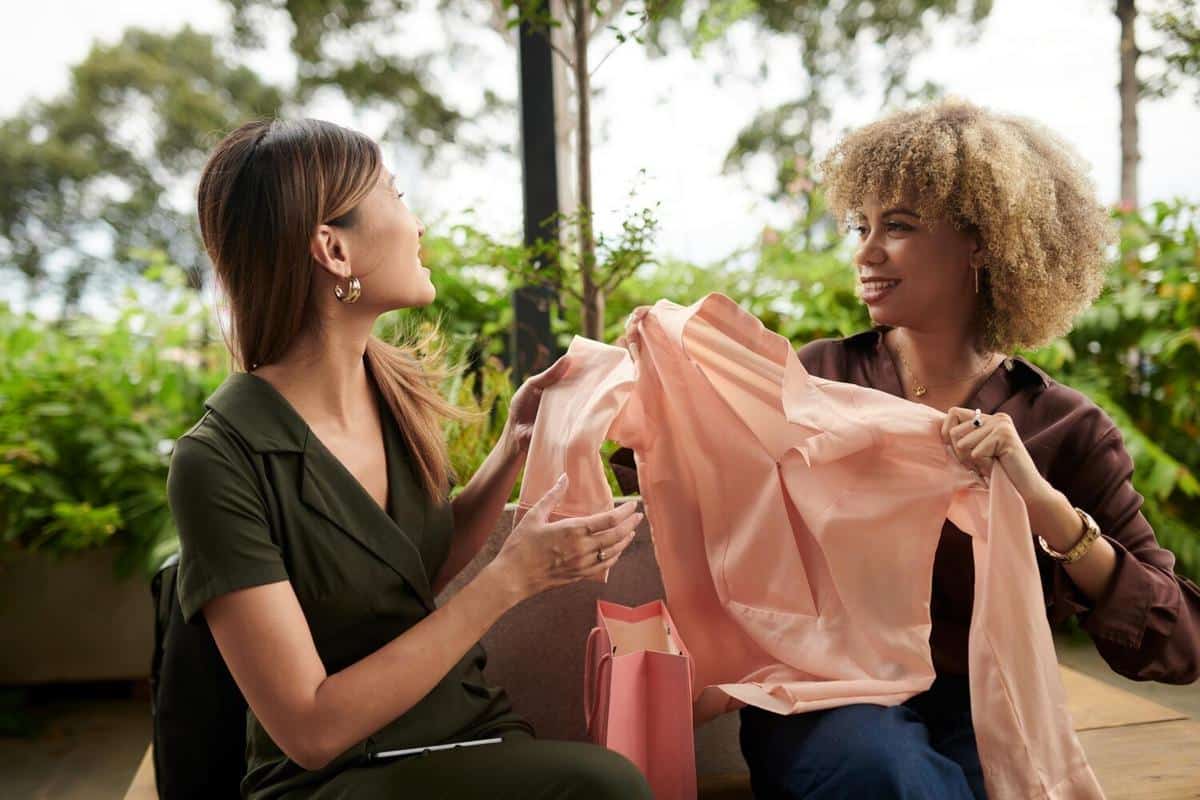
Building a Business in Sustainable Fashion: Case Studies
Sustainable fashion is more than just a trend; it’s a vital shift in the way the industry operates, bringing new business opportunities and challenges. As more consumers become environmentally conscious, entrepreneurs are exploring innovative ways to build businesses that not only focus on style but also sustainability.
The Rise of Sustainable Fashion
The fashion industry has long been criticized for its environmental impact, but a new wave of businesses is leading the charge toward sustainability. According to a report by the Global Fashion Agenda, the industry has the potential to reduce emissions by 63% by 2030 through sustainable practices. This shift is not only beneficial for the planet but also offers a competitive edge in the market.
Expert Insights
Emma Watson, a renowned advocate for sustainable fashion, emphasizes, “Sustainability in fashion is about rethinking the entire process from sourcing to production to ensure minimal environmental impact.” Experts agree that by integrating sustainable practices, brands can attract a growing segment of eco-conscious consumers.
Case Studies in Sustainable Fashion
Revamp Vintage
Revamp Vintage is a company that specializes in giving old clothes a new life. By upcycling vintage pieces, they reduce waste and offer unique fashion items that appeal to consumers looking for individuality. Their approach not only supports sustainability but also encourages creativity in fashion.
EcoWeave
EcoWeave focuses on using organic materials and ethical production practices. Their supply chain transparency has earned them a loyal customer base. By partnering with local artisans, they ensure fair wages and help preserve traditional craft methods.
Actionable Tips for Aspiring Entrepreneurs
- Start with research: Understand the environmental impact of materials and production processes.
- Build a transparent supply chain: Ensure every step is ethical and sustainable.
- Educate your audience: Use storytelling to highlight your sustainability efforts.
When sourcing materials, look for certifications that ensure eco-friendly practices, such as GOTS or Fair Trade labels.
Comparison of Sustainable Practices
| Practice | Environmental Impact | Cost | Consumer Appeal |
|---|---|---|---|
| Upcycling | Low | Moderate | High |
| Organic Materials | Moderate | High | High |
| Fair Trade Production | Moderate | Moderate | High |
| Recycling | Low | Low | Moderate |
| Local Production | Low | High | High |
Frequently Asked Questions
How can I start a sustainable fashion business?
Begin by researching sustainable materials and ethical production practices. Consider the entire lifecycle of your product, from design to disposal.
Why is transparency important in sustainable fashion?
Transparency builds trust with consumers, showing them that your business is committed to ethical practices throughout the supply chain.
Conclusion
Building a business in sustainable fashion requires innovation, dedication, and a commitment to ethical practices. As the demand for eco-friendly products grows, entrepreneurs have the opportunity to create a positive impact on the environment while meeting consumer needs. By following the examples set by companies like Revamp Vintage and EcoWeave, new businesses can pave the way for a more sustainable future in fashion.


